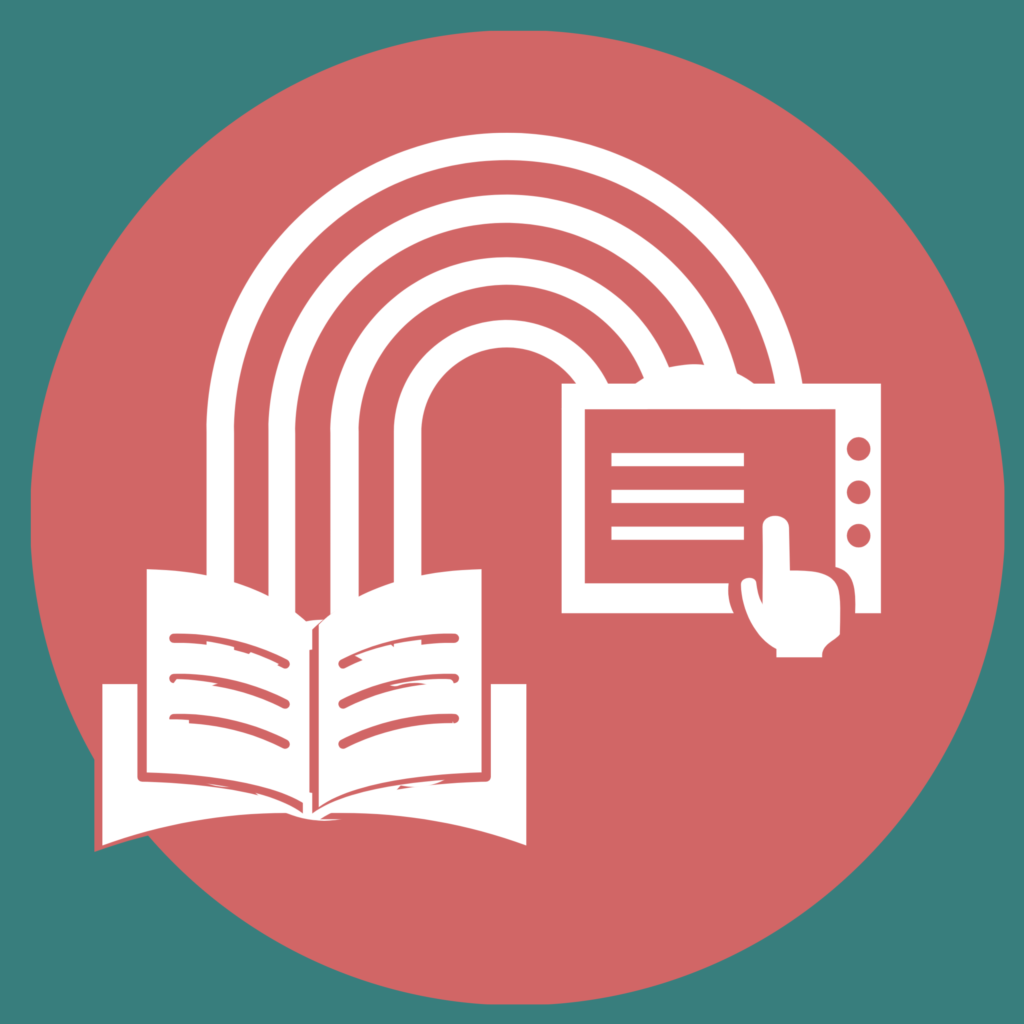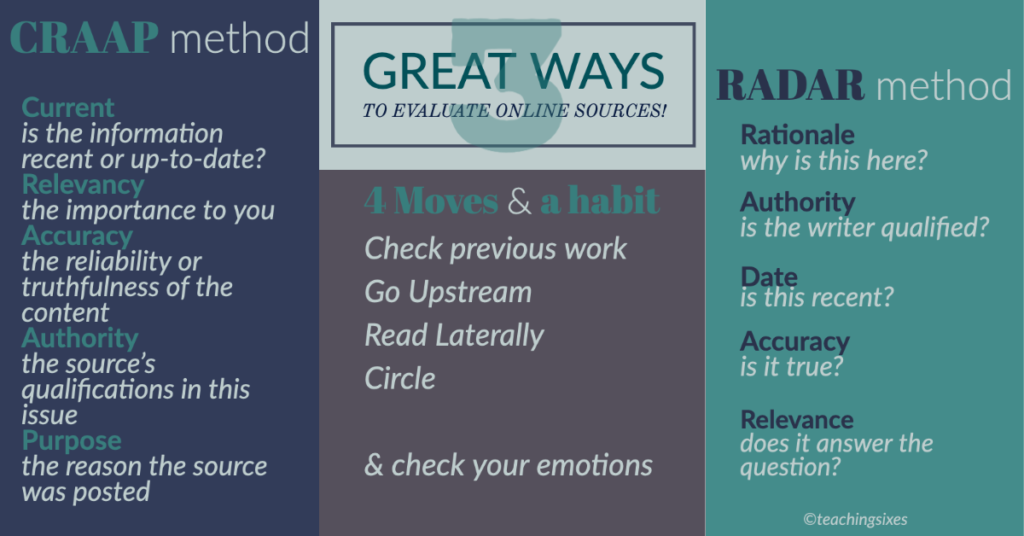Support educators and students to critically examine the sources of online media and identify underlying assumptions.

Support educators and students to critically examine the sources of online media and identify underlying assumptions.
ISTE STANDARDS FOR COACHES
Examining Sources Critically
When working with tweens and teens on digital literacy, it’s important to begin with their strengths, which ironically are often viewed as their weakness: their need to doubt and question everything. I teach middle school, and have always loved this age group because they are in a phase of development where they have begun expanding their understanding of the world and developing their individual values and beliefs, which prompts in-depth discussions and interesting ideas, as well as causing them some troubles as they make poor or impulsive decisions.
An awareness of this developmental stage can be useful when helping tweens and teens examine sources critically. I wrote about this in a February 2021 post: Rough Waters, helping adolescents navigate digital information sources. Adolescence as a developmental stage includes increased risk-taking, greater independence along with a shift to peer-influenced thinking, and an increased desire for novelty. Technology meets several of these needs with eye-catching graphics, frequently shifting stimuli, and superficial social interaction (likes, and upvotes). Making students aware of the ways their brains help and hinder their experience and the ways in which technology and digital resources take advantage of their brains allows students to use their emerging critical thinking skills to approach digital media with an open mind.
One way that we can do this is to help them build critical reading skills specifically tailored to digital media. There are several formats for doing so including the CRAP method (examined below), SMART method, and RADAR. Having these tools in their critical thinking “tool belt” helps tweens and teens navigate the difficult realm of digital media.
